Ramen is a beloved comfort food around the world, but how many calories are hiding in that savory, steaming bowl? The answer depends on the style, ingredients, and toppings used. In this expert guide we break down the average calorie count of different ramen types, analyze contributing factors, and offer tips for enjoying ramen as part of a balanced lifestyle.
Calorie Counts by Ramen Type
Ramen bowls vary widely in calorie content depending on the broth base, fat levels, and toppings. Here’s a general overview of the most popular types:
-
Shio Ramen (Salt-based): 400–550 kcal
Lightest in flavor with a clear broth; low in fat but can be high in sodium. -
Shoyu Ramen (Soy Sauce-based): 450–600 kcal
Balanced and moderately oily; often topped with pork, bamboo shoots, and scallions. -
Miso Ramen: 550–700 kcal
Richer, fermented broth with added oil or chili paste; common in colder regions. -
Tonkotsu Ramen (Pork Bone): 600–900 kcal
High-calorie due to its creamy, collagen-rich broth and fatty pork slices.
How Ramen Compares to Other Foods
Ramen is often compared to fast food due to its savory and indulgent profile. A bowl of Tonkotsu ramen can contain as many calories as a burger and fries meal while Shio or vegetable-based ramen is closer in calories to a hearty pasta dish. Ramen’s edge lies in its warmth and variety but can also be high in sodium and fat content if not modified.

What Affects the Calorie Count?
The calorie content of ramen is shaped by three main components:
- Noodles: Wheat noodles typically add 200–300 kcal per serving.
- Broth: Tonkotsu and miso broths are high in fat and calories while Shio and Shoyu are lighter.
- Toppings: Pork belly, marinated eggs, and chili oil can significantly raise the calorie count. So stick to greens, mushrooms, and tofu to keep it light.
Nutritional Value and Health Considerations
Ramen is rich in flavor but can be heavy on sodium (1,500–2,500 mg per bowl) and fat. While it provides protein, iron, and B vitamins, it's often low in fiber and high in refined carbs. Traditional ramen may not be ideal for daily consumption, but as an occasional meal it can fit into a healthy diet especially if paired with hearty vegetables or enjoyed in moderation.
How to Reduce Ramen Calories
Enjoy ramen without the guilt by making small adjustments:
- Choose clear or thinner broths like Shio or Shoyu.
- Skip the fatty toppings such as pork belly or excess chili oil.
- Opt for plant-based or low-carb noodles when available.
- Load up on vegetables for fiber and nutrients.
- Limit broth intake if concerned about sodium and calories.
Final Thoughts
A single bowl of ramen can range from 400 to 900 calories depending on how it's made. Understanding the components and making smart choices allows you to enjoy this iconic, delicious dish without compromising your dietary goals. Whether you're savoring a rich Tonkotsu broth or a light Shio variation, ramen can be part of a well-balanced lifestyle with a little mindfulness.
For more insights on Japanese food culture and artisan-made kitchenware, explore our stories and products at MyJapaneseWorld.com.


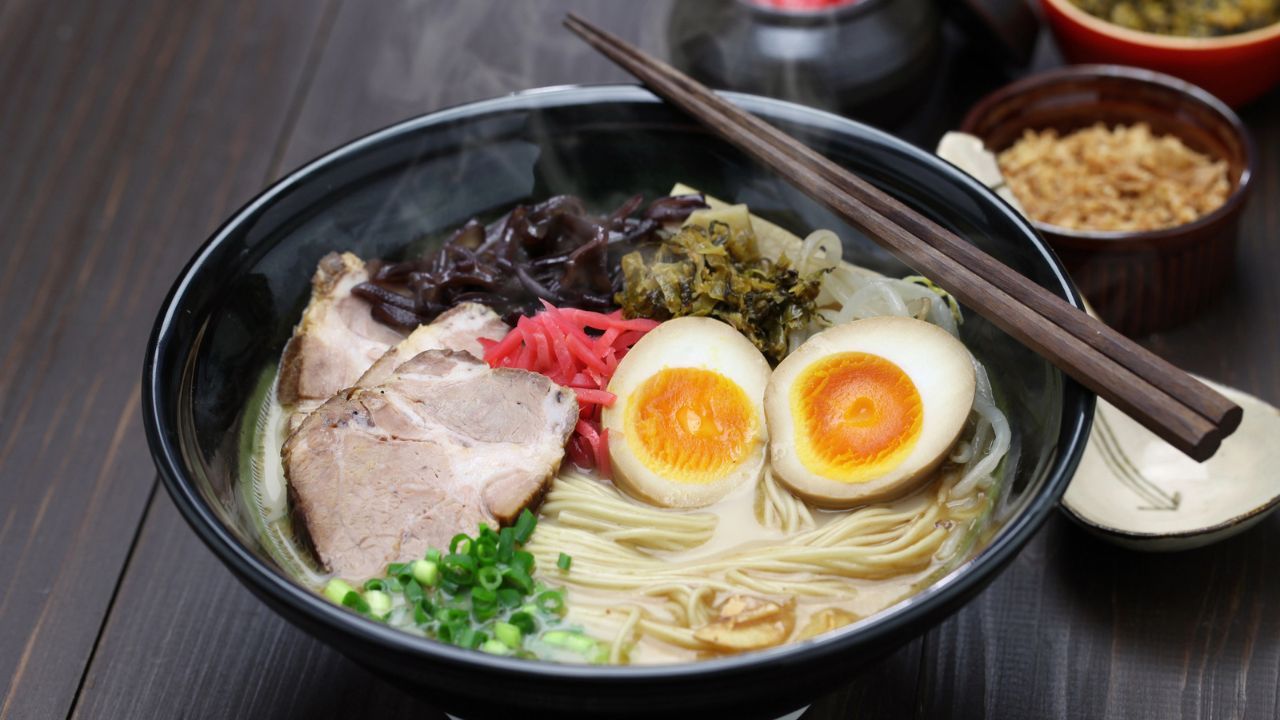

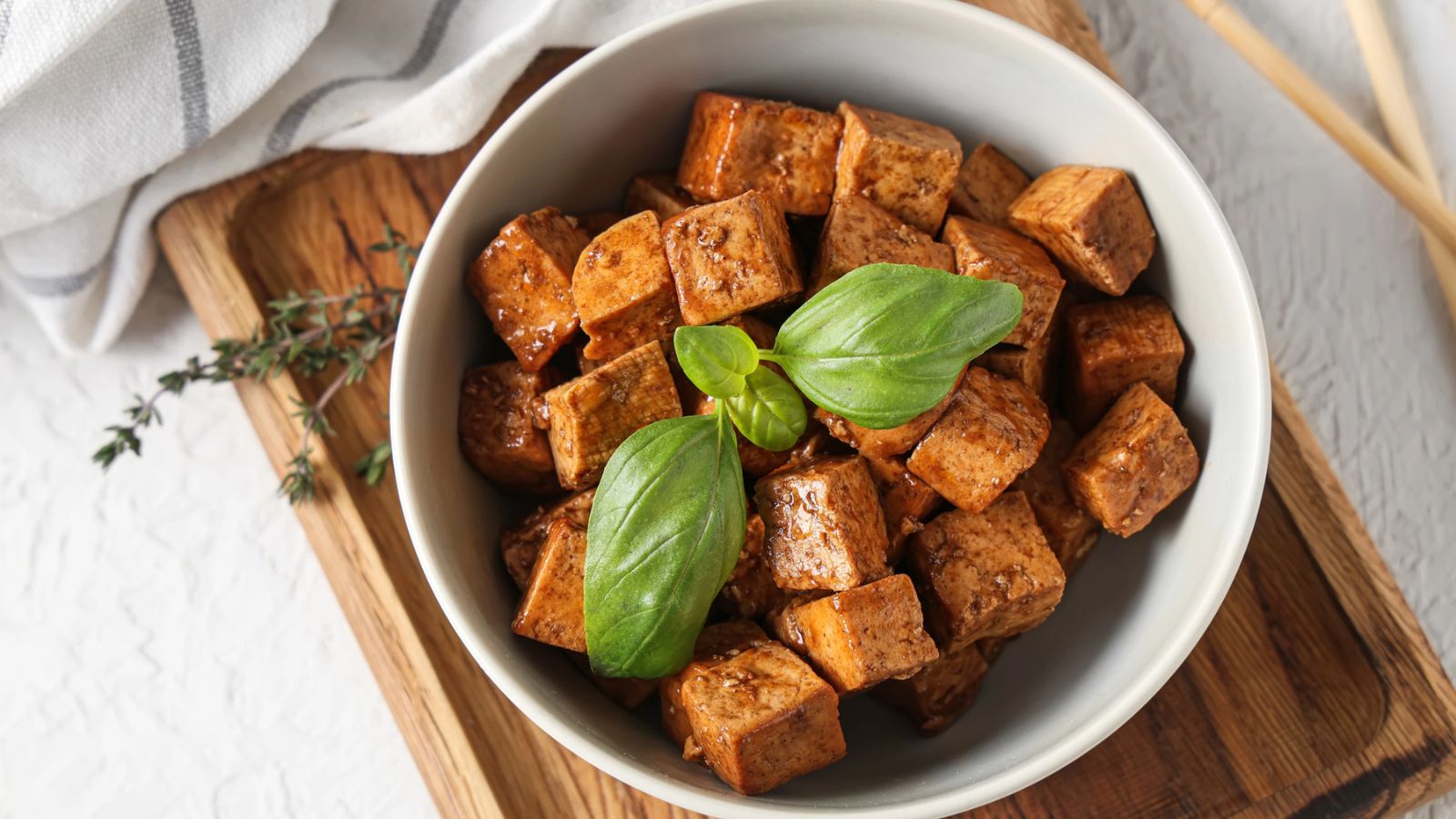

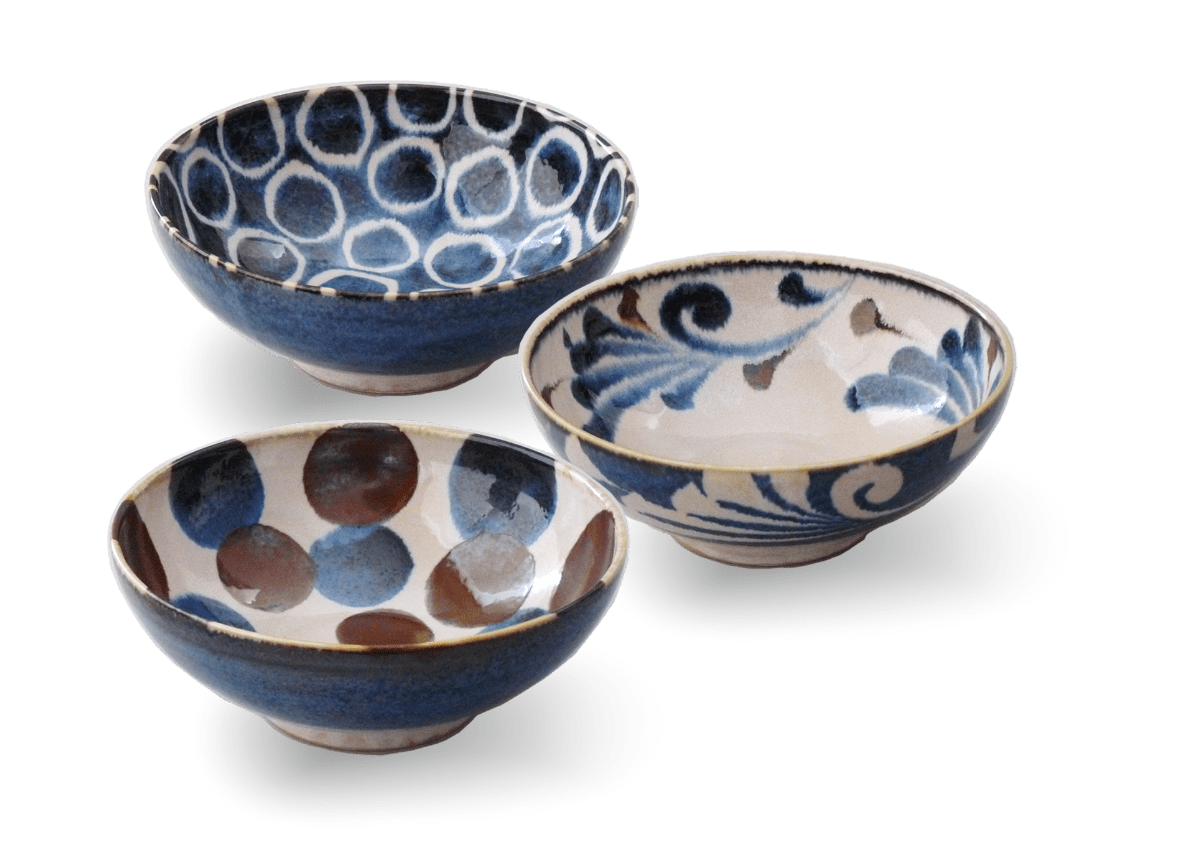
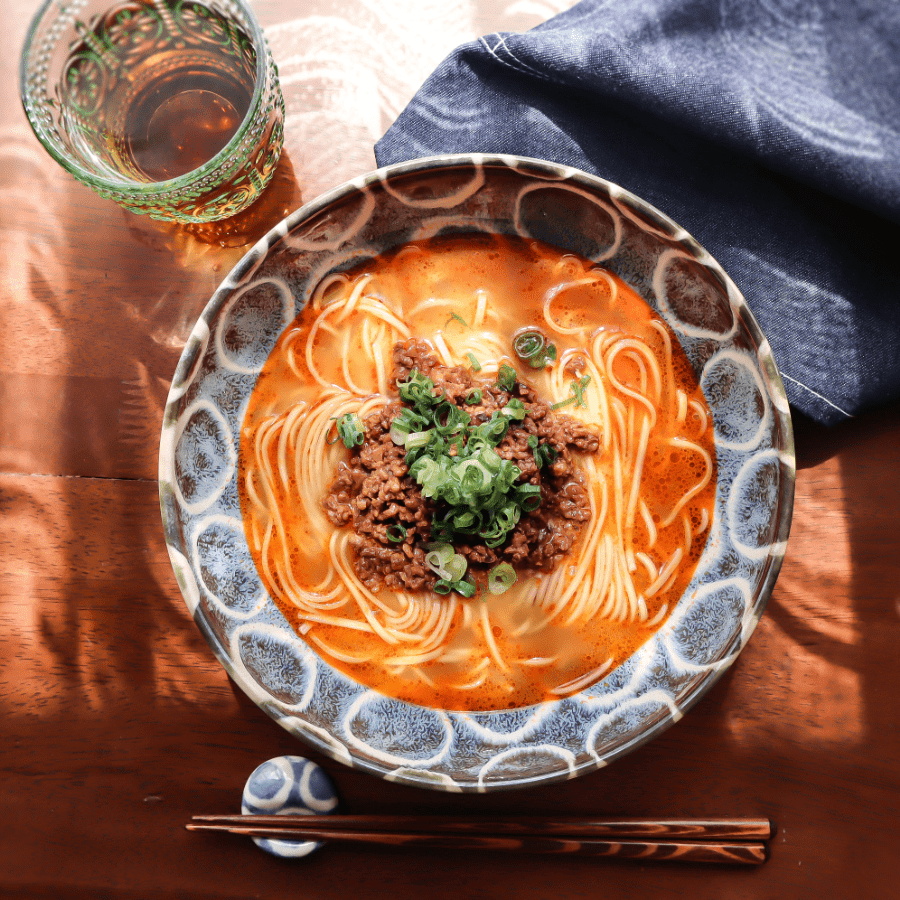
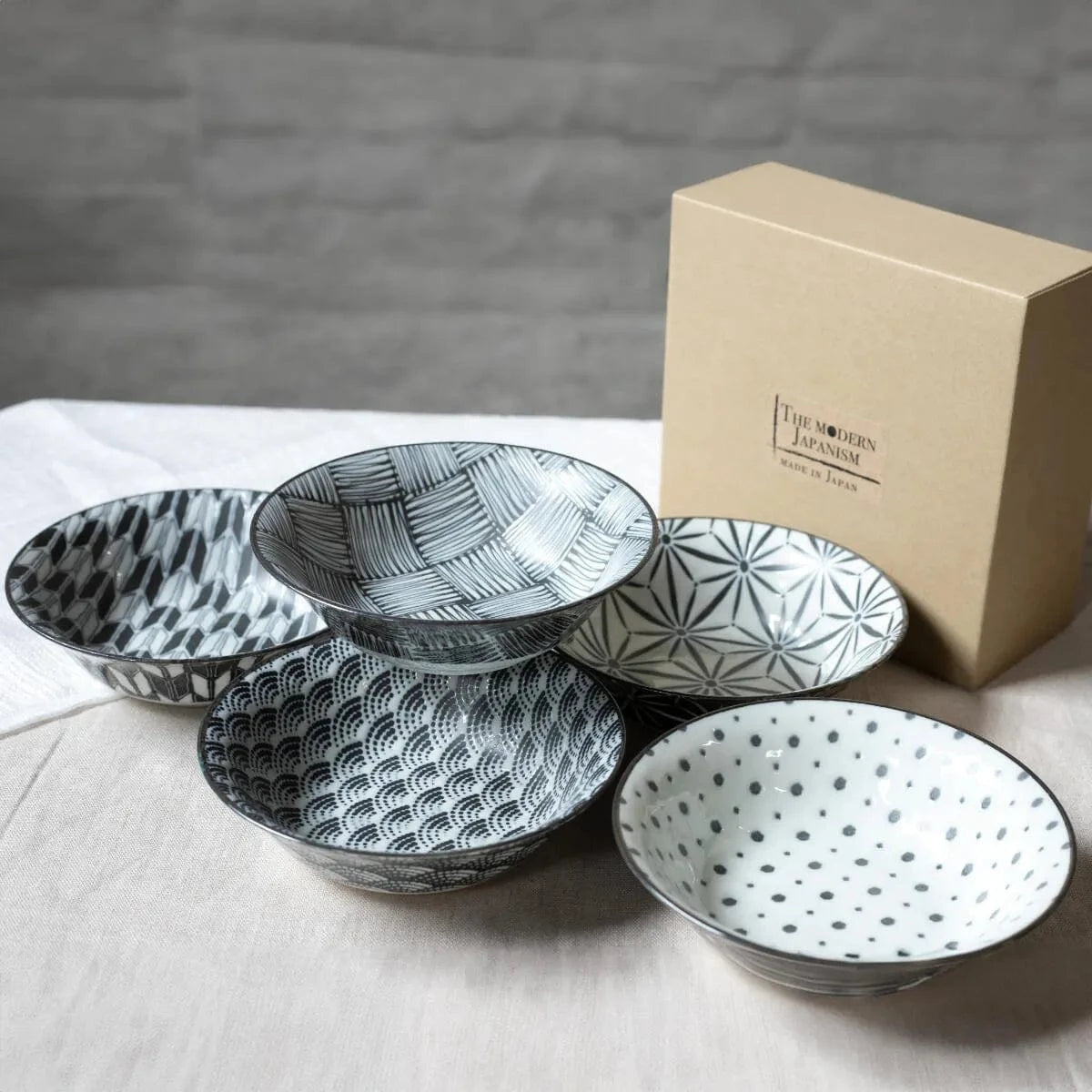
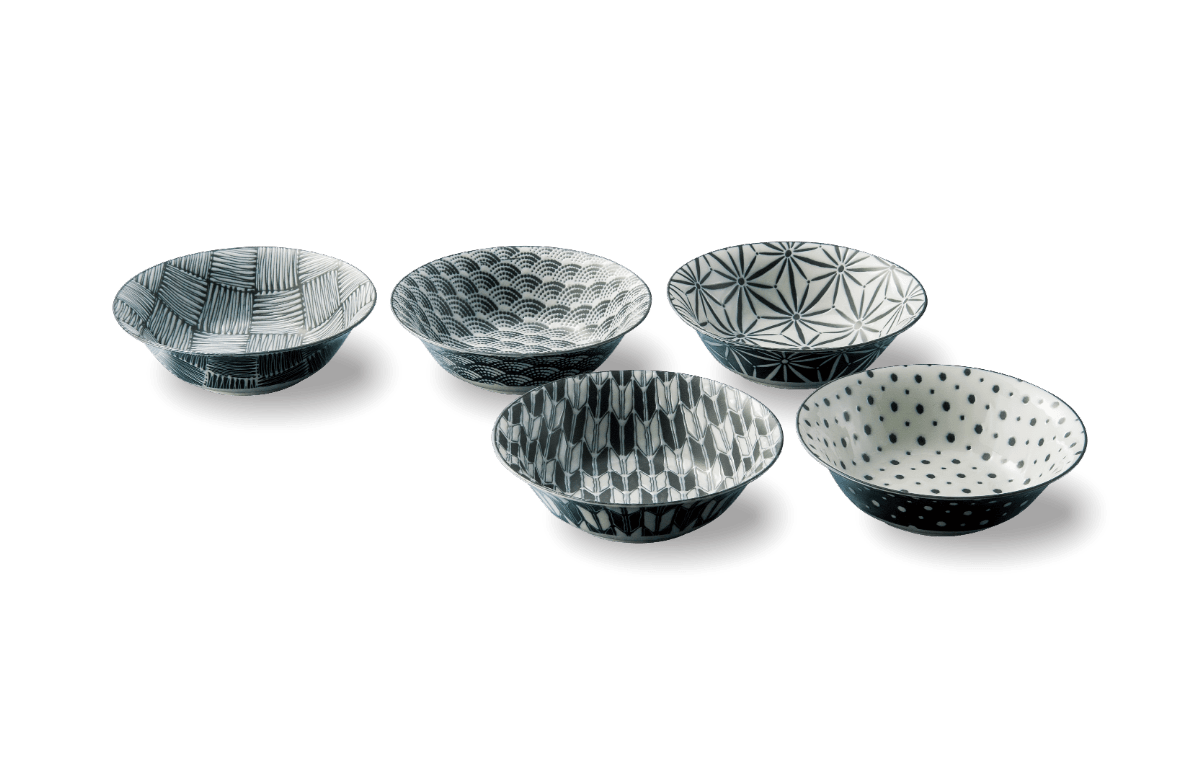
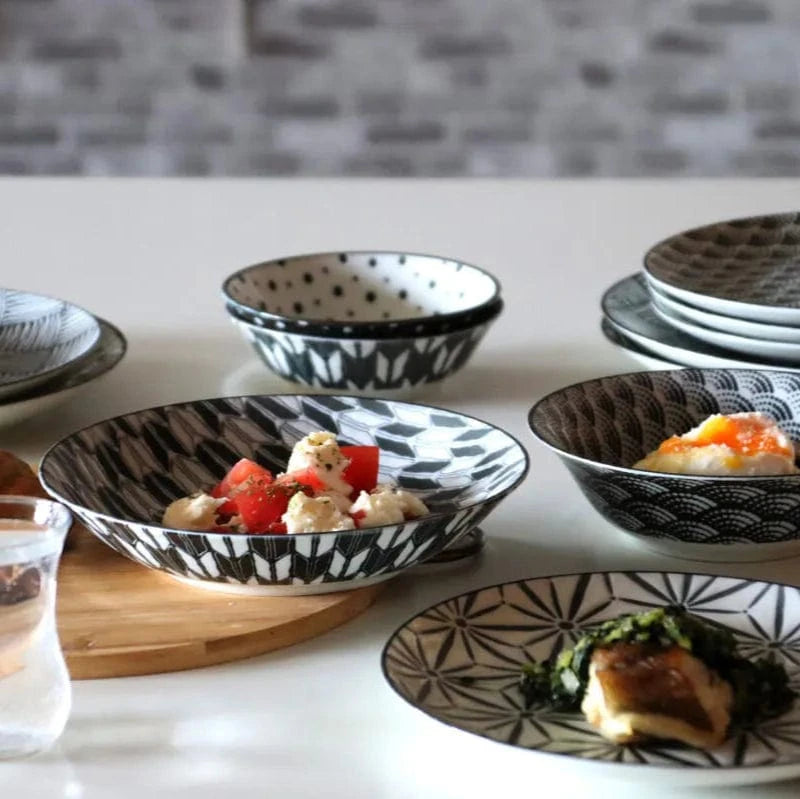
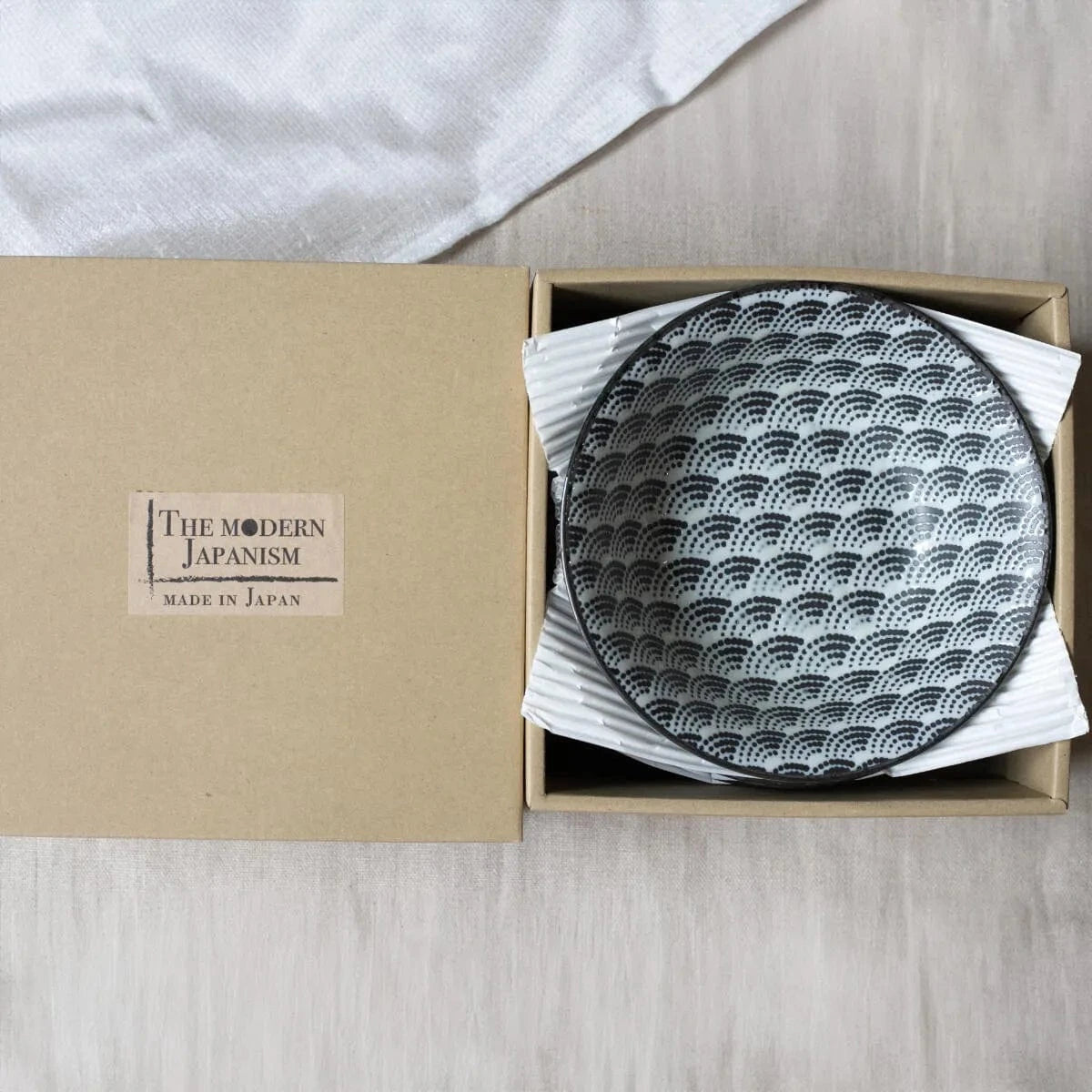
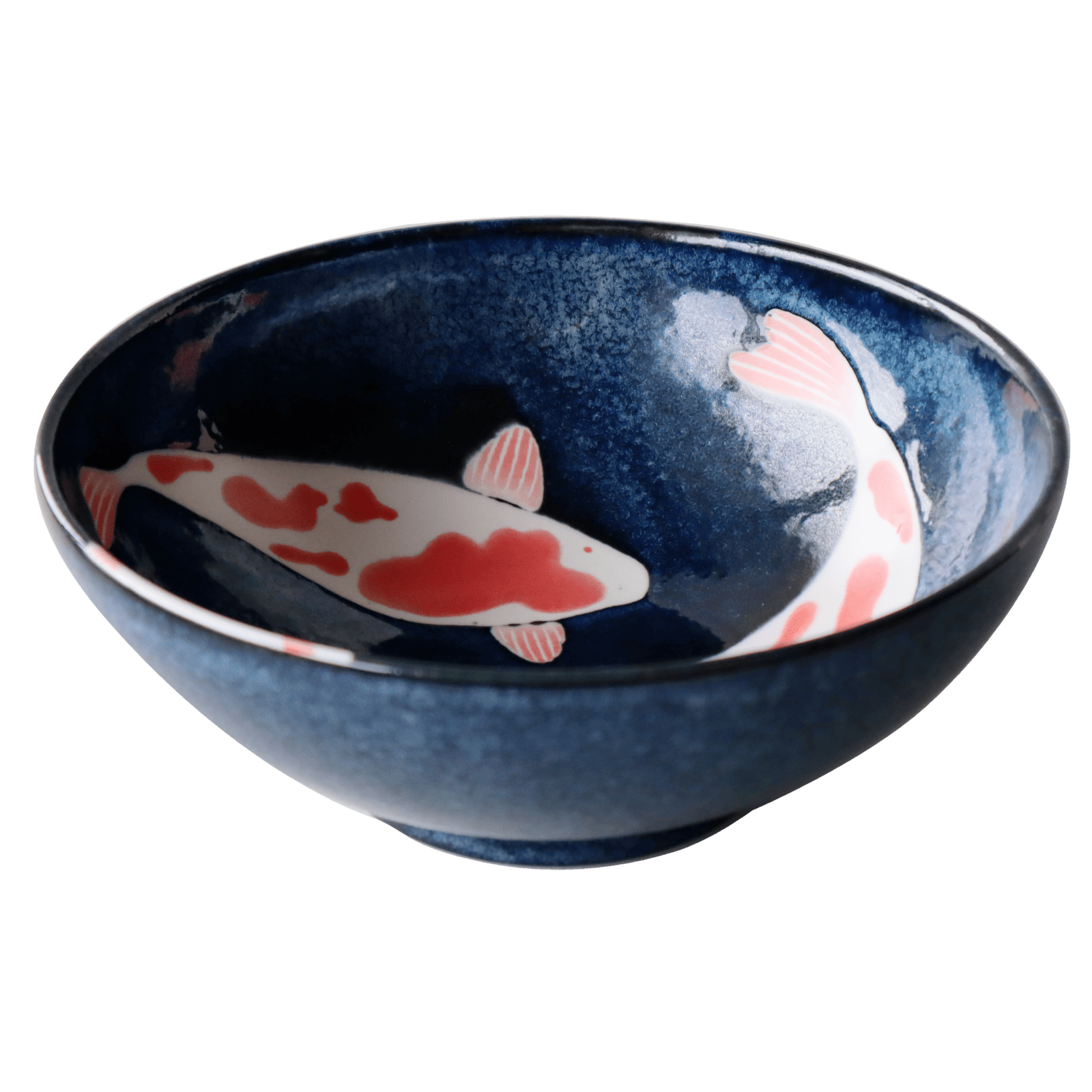
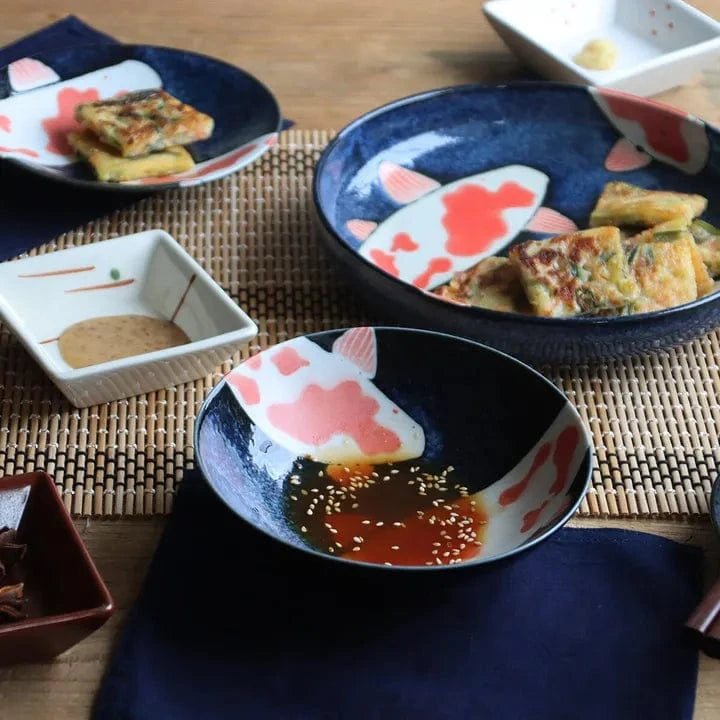
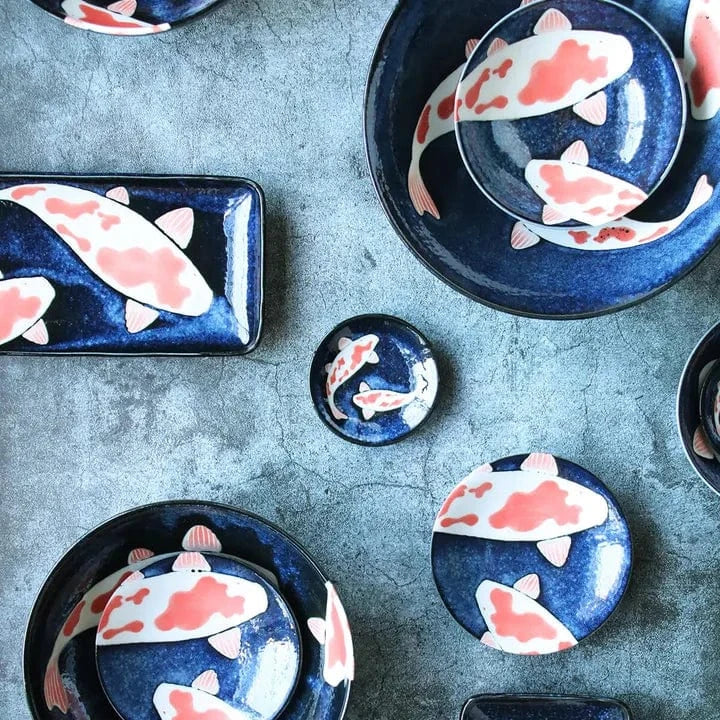
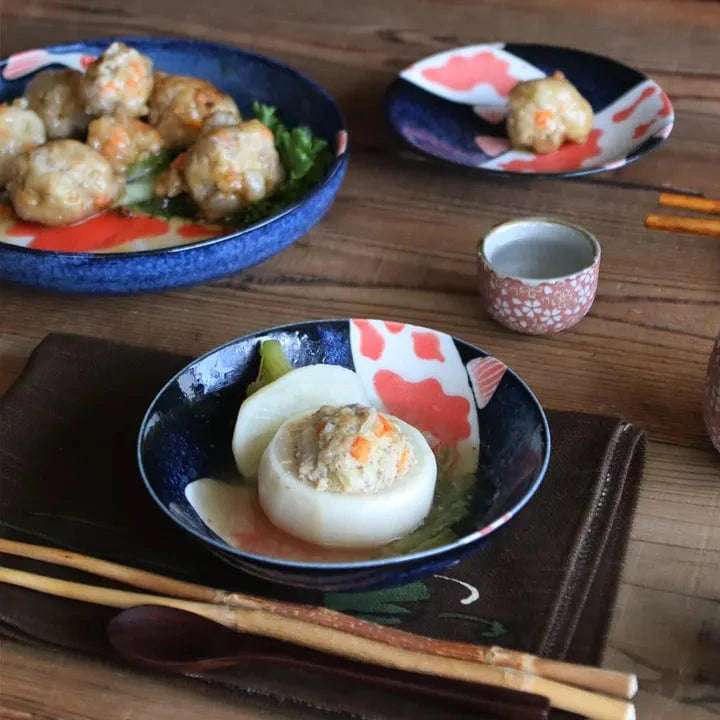
Share: